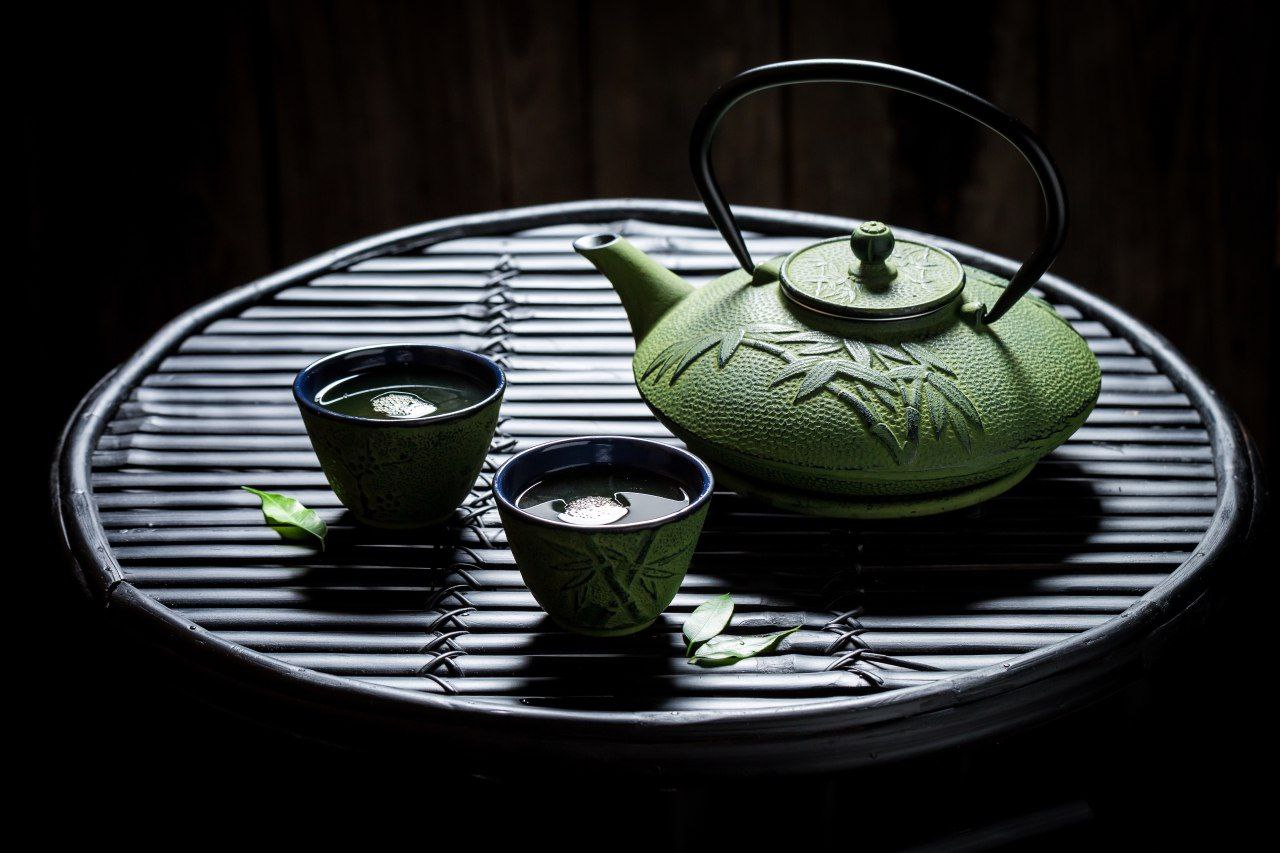Have you ever heard of Gyokuro tea? Well, this is no ordinary green tea; it is the VIP of teas! Grown in the shade for weeks, Gyokuro results in a rich, umami-packed flavor which is smooth, buttery, and thoroughly indulgent. It is not only a good-tasting tea; it can boast some serious potential health benefits. From giving energy without jitters to heart health and great-looking skin, Gyokuro benefits are not something to sneeze at. Sure, Gyokuro price is higher than your average run-of-the-mill green tea, but once you experience the rich Gyokuro taste, you’ll understand why every penny it costs is well worth spending. So now, let’s dive right in and find out what makes this particular tea so special, from its health benefits to its price.
What is Gyokuro Tea?
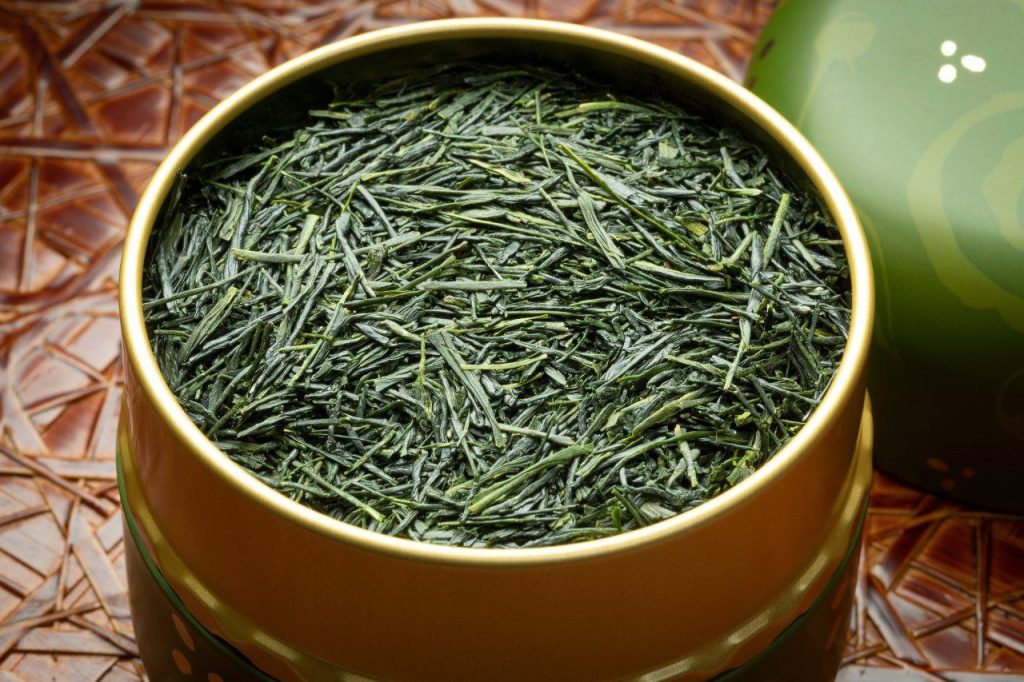
Gyokuro Tea, or “jade dew” in Japanese, is a special green tea and kind of a rockstar in the world of teas. What makes it special? It is grown in shade! While the majority of green teas enjoy the warm sun, Gyokuro plants are covered for about 20 days with straw mats or shading nets. It’s this little trick that enhances the umami flavor of the tea, just like savory sweetness, while reducing bitterness. Full of L-theanine, an amino acid responsible for calmness, it effectively balances out its caffeine kick.
Opposite to the sun-grown popular sencha, Gyokuro is made from special tea varieties such as Asahi, Okumidori, and Saemidori. Mainly it is produced in Fukuoka, Kyoto, and Mie prefectures in Japan. The roots trace back to the 1830s, when a resourceful merchant named Yamamoto Kahei discovered the magic of shading tea plants.
The peculiar taste of Gyokuro is related to its cultivation and processing. Shading enhances chlorophyll and reduces tannins, endowing leaves with a rich green color and smooth flavor. After being picked, the leaves are steamed and then rolled, sometimes by hand but more often with machinery. Fun fact: all the leftover stems and bits from Gyokuro go on to make a high-end twig tea called karigane, boasting a much milder caffeine content and flavor.
With its smooth umami profile and fascinating history, Gyokuro Tea is a must-try for every tea enthusiast!
How is Gyokuro Tea different from Sencha?
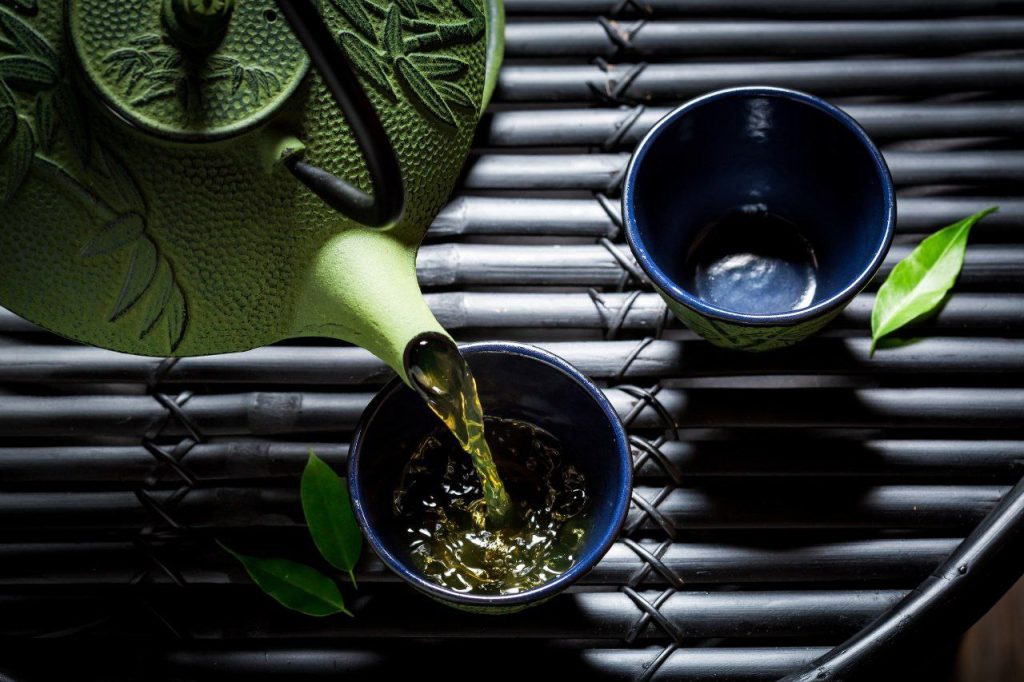
If you are just entering the world of Japanese green teas, you have most likely come upon two prominent options: Sencha and Gyokuro. They deserve your attention, but still, they are pretty different. Let’s sort it out.
Gyokuro Taste: Rich, Luxurious, and Full-On Umami
Gyokuro Tea is a sort of VIP among all green teas. Why? Because it is kept in the shade for weeks before harvest, which pumps it up with chlorophyll and theanine. All this results in a super smooth, buttery flavor loaded with umami. It is sweet, mellow, and well, just fancy. Another plus: less bitterness, since the shading reduces catechins, those things that make tea astringent. If you are hooked on something complex and indulgent, then Gyokuro is a cuppa right up your alley.
The Sencha Experience: Fresh, Light, and Friendly Any Time
This is your hero, your everyday tea: Sencha. Grown in sun, grassy, vibrant, and with increased astringency from a high catechin content. Very refreshing, clean, and invigorating for a pick-me-up on an afternoon. Yet another big plus: it’s so versatile-you can brew it as hot or cold as your mood pleases.
Sencha vs. Gyokuro: The Key Differences
- Flavor: Sencha has a crisp and vegetal note, while Gyokuro is rich and creamy with a trailing umami.
- Brewing Temperature: The former prefers cooler water at about 60°C, making it even smoother, while Sencha does its best at about 70°C.
- Set up: Sencha is your everyday drink, but Gyokuro is reserved for special occasions.
When it comes to relaxation, Gyokuro Tea wins hands down; it is about being zen in a cup. But if you like something light and revitalizing, Sencha is your tea. Or better yet, keep both in your stash. In this way, you will always have the perfect brew for whatever mood you are in.
If you’re curious about the Sencha vs. Gyokuro battle and want a more detailed comparison, be sure to check out this article: Sencha and Gyokuro: The Ultimate Battle of Green Teas You Need to Know
What are Gyokuro Benefits?
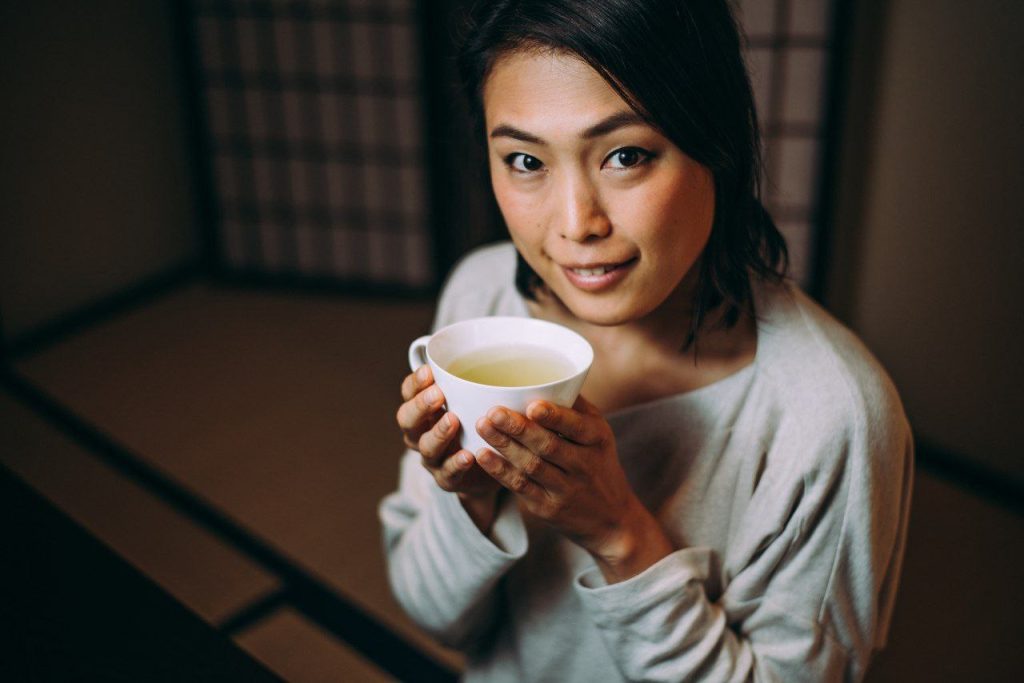
In case you were wondering what the benefits of Gyokuro tea are, here’s why it should have a place in your tea collection:
Energy Booster
Gyokuro has more caffeine than a small cup of coffee; hence, it will provide you with smooth and sustained energy since jitters occur because of high caffeine intake with an unbalancing side of theanine.
Calmness
It gives one a relaxed feeling, calm, and all that is balanced with energy derived from caffeine for a continuous and focused energy.
Heart Health
The catechins contained in Gyokuro reduce the risk of blood clots, strokes, and heart diseases apart from lowering cholesterol and sugar blood levels.
Keeps Skin Clear And Youthful
Packed with vitamin C, Gyokuro reduces dark spots, lightens scars, and promotes smoother, younger-looking skin.
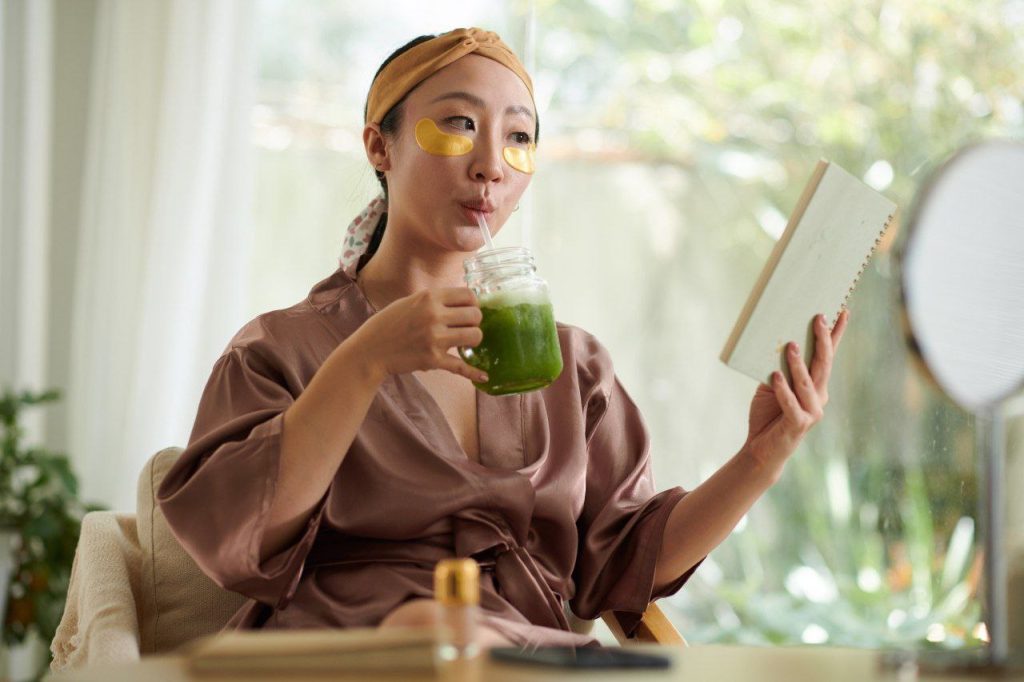
Burns Fat
EGCG is an incredibly powerful and potent antioxidant that boosts metabolism and allows your system to burn more fat; hence, combining with it creates very great results when losing weight.
Improving Dental Health
Polyphenols, together with fluoride and minerals in Gyokuro, prevent cavities, bad breath, and even gum diseases.
Prevents Cancers
General antioxidants contained in Gyokuro are mostly linked to a reduced risk for different types of cancers, which include oral, prostate, and breast cancer.
Assists In Digestion
The polyphenols in Gyokuro reduce inflammation of the digestive tract and, therefore, prevent the formation of gas and bloating, promoting regular digestion.

Reduces Inflammation
EGCG found in Gyokuro reduces inflammation in the body and ultimately supports good health and wellness.
Boosts Immunity
Packed with antioxidants and polyphenols, Gyokuro develops and regulates the immune system properly to raise an effective barrier against illness.
Rich in Antioxidants
Packed highly with EGCG, Gyokuro stands out as a powerhouse in antioxidant properties, saving one’s body from free radicals and supporting health in the long run.
Gyokuro tea is not only delicious but also full of healthy compounds, from energizing to cancer prevention.
Interested in experiencing the wonderful taste of Gyokuro tea? I recommend checking out this website for high-quality Gyokuro. I’ve even placed some orders to enjoy it daily: GoldenHerbs.com
How to Brew Gyokuro Tea: An Easy Guide
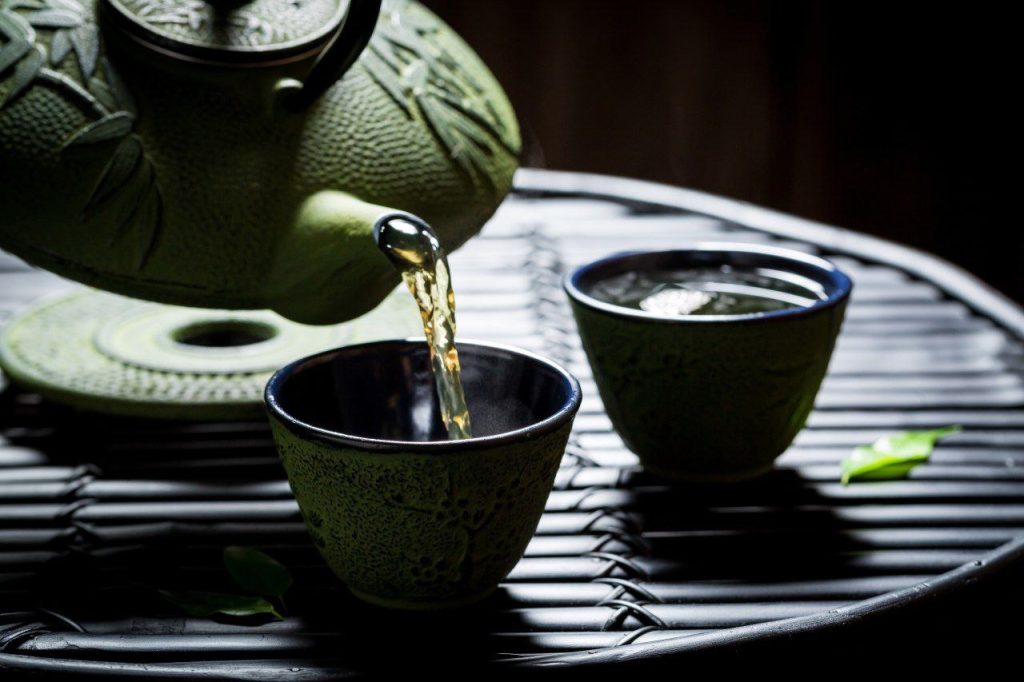
Brewing Gyokuro Tea is an art, but once you master the ways, the real magic will be revealed. Here’s an easy way to brew Gyokuro Tea to delight the senses.
Step 1. Prepare Your Tools and Tea First of all, prepare everything:
- Leaves of Gyokuro Tea
- Hot water-but not boiling
- Small teapot or hohin
- Small teacups
- Yuzamashi-very optional
The secret of good Gyokuro taste lies in the right measurement; it could also affect the flavor, smell, and color. Recommended brewing ratio:
- 6g of Gyokuro tea leaves
- 100cc of water
- Water temperature: 40°C
- Steeping: 2 minutes
Step 2. Cool the Water
Gyokuro requires a softer brew and, as such, needs to have the water cooled down to the correct temperature. The water temperature will be around 40–50°C (104–122°F). This helps to bring out the amino acids responsible for the umami taste of the tea while avoiding bitterness.
Cooling the water-the yuzamashi will be utilized, or it is easy to cool water by transferring it between teacups till it reaches the correct temperature.
Step 3. Add Tea Leaves
Add about 6 grams of tea leaves now into your teapot. More is better, considering you want the right Gyokuro taste-rich and full of umami.
Step 4. Pour the Water Over the Leaves
Gently pour cooled water over the tea leaves at appropriate temperatures. It should not lean hard on the tea leaves strongly, as this may cause an undesired change in flavor.
Step 5. Steep for 2 Minutes
Allow the leaves to steep for about 2 minutes. Here comes the magic, and hence patience is called for to let the flavors set properly.
Step 6. Serve the Tea
When ready, pour evenly into the cups. When serving guests, pour a little at a time to ensure that the flavor is the same throughout. Serve the tea down to the last drop-remember, you will be reusing these leaves for a second and third brew, which often evolves to even show new flavors!
- For the second and third brews, adjust the water temperature and steeping time:
2nd Brewing: Steep in water at 50°C for 1 minute.
3rd Brewing: Steep in water at 60°C for 2 minutes.
With every new brew, you will find that the Gyokuro taste has evolved a little bit by now: more leading flavor and aroma. Enjoy!
Why is Gyokuro Price Higher than Other Green Teas?
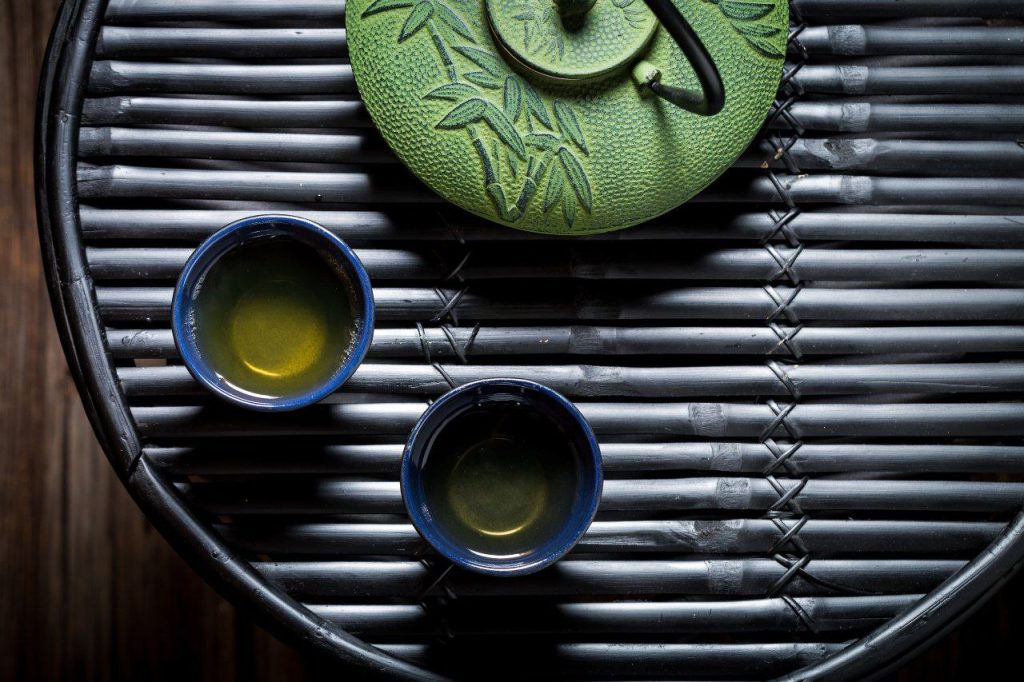
When it comes to Gyokuro Tea price, here are a couple of reasons that make it come higher compared to other teas. These factors have to do with the attention to detail with which this tea has been produced at literally every single stage.
Tedious Shading Process
First, there is a need for the tiresome shading process of Gyokuro tea. Whereas most green teas might be shaded for several days, this type of tea undergoes shading for 21 days. This suppresses the growth, reducing the bitterness and making it sweeter; nonetheless, it requires more work in setting up the nets to block all sunlight from reaching the plants while ensuring there is sufficient spacing for workers to harvest leaves comfortably.
Living for Three Weeks Without Sunlight
It requires hard work for the tea plant to survive for three weeks without sunlight. While many farmers use chemical fertilizers to keep them strong during that period, Gyokuro farmers like continue to adhere to organic methods; hence, the entire process becomes expensive.
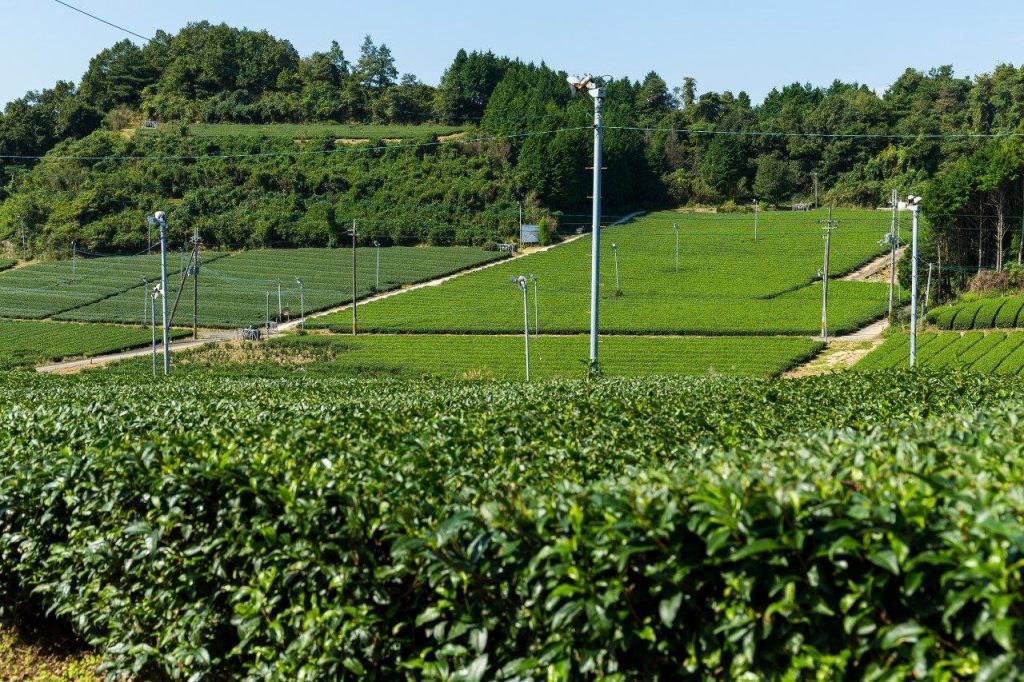
Hand-Picked Selection of the Best Leaves
Another reason Gyokuro is a more expensive variety is the rigorous selection of leaves. Only the youngest, sweetest leaves grow towards the top of the plant. This results in fewer leaves from each plant, when compared with the more inexpensive varieties, and the picking itself takes longer, as each leaf must be hand-picked.
Elaborate Process of Rolling and Drying
Following being picked, the leaves undergo an extensive process of steaming, rolling, and drying. The rolled needle shapes of Gyokuro, extremely tight, are relevant to the release of its special taste upon brewing. The rolling itself demands special machinery, adding to the cost of production. In addition, the last process of drying really sets it to lock in full flavor.
Demand Outpaces Supply
Last but not least, there is a high demand for high-quality Gyokuro, but there are not many suppliers that could supply the demand. Since it is quite literally the most sought-after tea, with its rare, concentrated umami flavor, Gyokuro basically is. For its price, people will pay more because it’s not really the type of tea you drink casually. It’s more the kind of ‘fancy’ or special-occasion type of tea. Therefore, the higher price does not deter people from wanting an exceptional experience.
With the price of Gyokuro Tea being very steep, it really just reflects the amount of effort and dedication towards creating such a unique and flavorful tea.
What Does Gyokuro Taste Like?
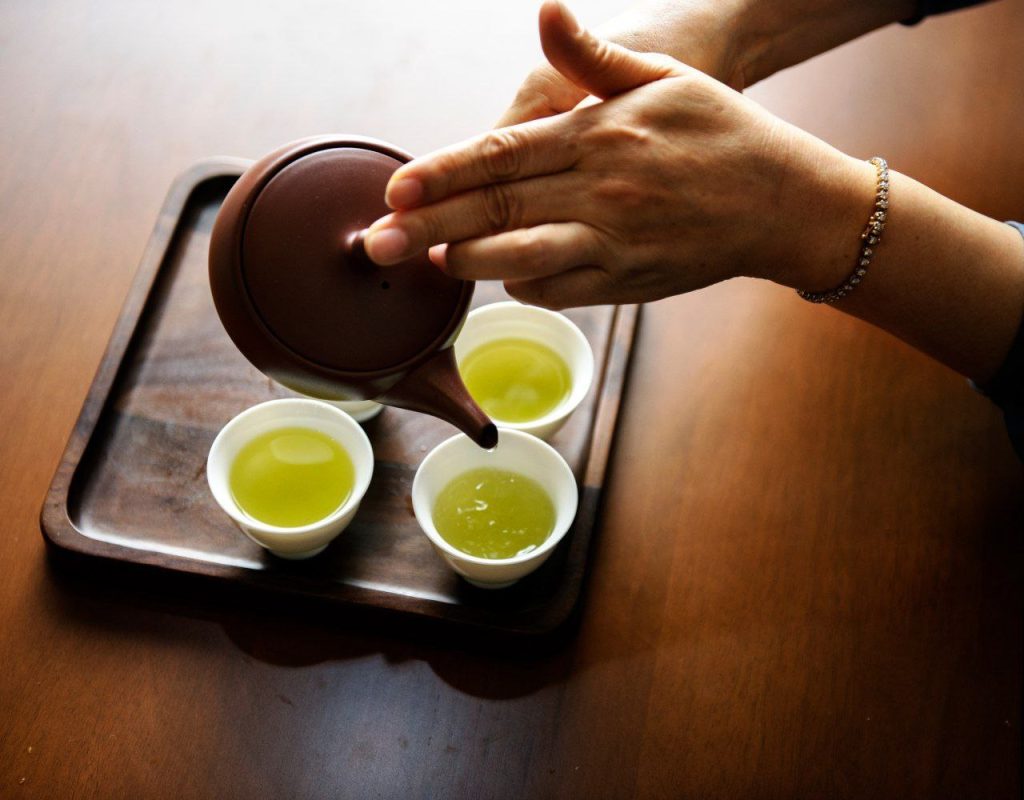
Gyokuro is different in taste from all other varieties of tea. It’s an experience rather than a taste, so if you’ve been wondering what Gyokuro tea tastes like, let me tell you-it’s rich, savory, and complex, just like a bowl of miso soup with its depth of umami and lingering sweetness. Full-bodied yet smooth, seaweed-like notes with an almost broth-like richness are present. And once you get used to this unique flavor, there is no going back.
Why Does Gyokuro Taste That Way?
Well, Gyokuro tea owes its taste to its very labor-intensive cultivation and processing. Firstly, it is grown under shade for around three weeks, taking away the major part of the bitterness and enhancing its sweet and savory taste. That is achieved by carefully plucking the top leaves full of nutrients and taste. Later, these are steamed to lock in the rich flavors inside, then rolled into their characteristic long, thin needle shape.
This all helps to develop the characteristic, rich umami flavor that makes Gyokuro different from other teas. It is all about maximizing the umami while minimizing the bitterness.
Gyokuro Taste Against Other Teas
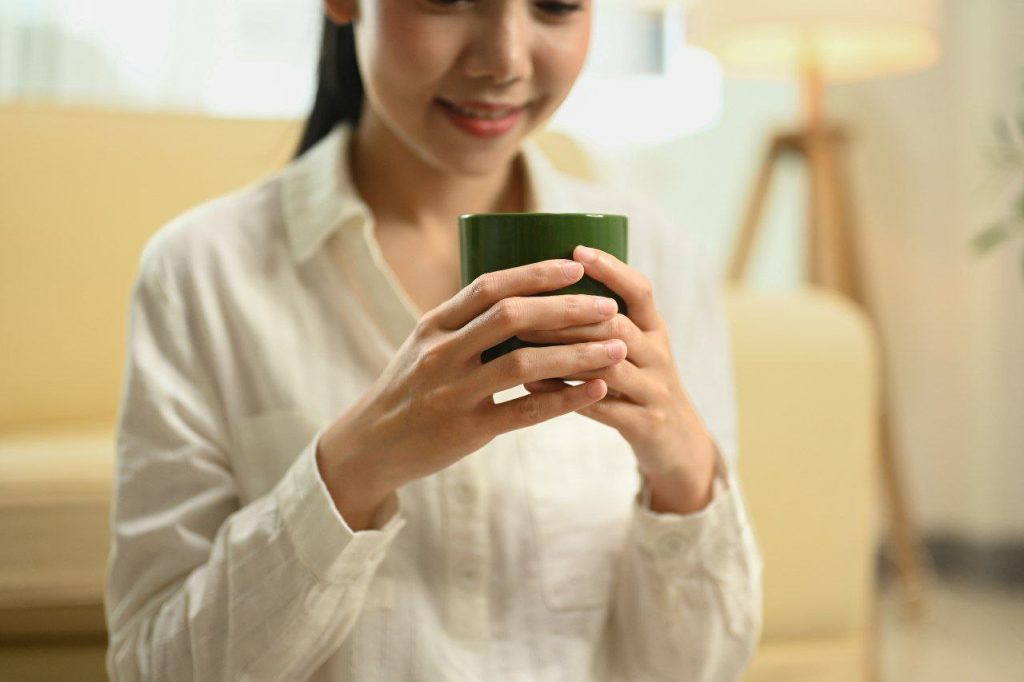
If you are trying to find something close to Gyokuro, you might want to try Kabuse Sencha, which is shaded for about 10 days. It has some of the sweetness of Gyokuro, but it is much lighter and does not attack with the same powerful savory taste. But to really get that deep umami hit, you need the full shading treatment Gyokuro gets. Of course, Gyokuro also has a bit more caffeine compared to Kabuse Sencha.
When Your Gyokuro May Taste Bitter
If you have a Gyokuro that tastes bitter, it may well be because the brewing temperature is too high. For a perfect cup, use about 5 grams of tea and 150ml of water, keeping the temperature at 140°F (60°C) for about 2 minutes. This will let the tightly rolled leaves open up completely and release all of their smooth, rich flavor without any bitterness.
In short, Gyokuro tastes like no other: green, sweet, and with full-bodied depth, almost like a meal in a cup. Once you find it, you will see why it is truly the favorite of any true tea aficionado.
Conclusion
Gyokuro Tea is worth every penny if you’re after fancier tea that really gives you a kick. Besides that deep, comforting umami flavor, there are loads of health benefits to it-from keeping you up during those midnight cramming sessions to giving your skin a glowing complexion. Gyokuro takes care of you, no matter what time or occasion it might be-be it a treat for yourself or something you will be able to enjoy that is just a little fancier. Now, sip it slowly and find your Zen in every cup!

